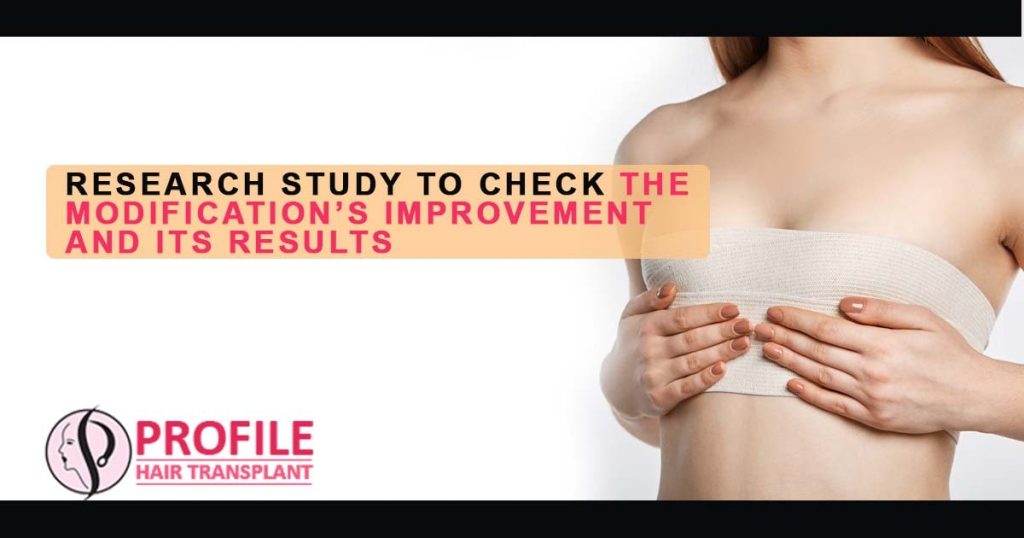Having perfect shaped breast can be the matter of concern for many females as the breasts are the important part that reflects the perfect figure of females. If the breasts are larger in size and sagged then getting breast reduction procedure is in the trend due to its safer and feasible results with fewer complications.
Patients of gigantomastia also prefer this procedure due to long-term aesthetic results after surgery. Most of the time keyhole/inverted T pattern is used to reduce the size of larger breasts. With this method, long-term complications are minimized and short-term complications are self-limiting. Advancements in the technology have improved the method of breast reduction in the terms of results and prevention of complications.
Potential complications related to this procedure are self-limiting but the results may deteriorate with the time means the problems like bottoming out or drop out can occur after some time which mainly happens due to gravity which leads to lengthening the distance between the nipple and inflammatory fold or IMF so can cause pseudoptosis and impairment of initial results.
To improve the long-term aesthetic results, the number of parenchymal sutures modifications has been done to the inverted T procedure and even these modifications are applied to reduce the complications.
What happens during the procedure?
Patient’s breast is marked and the distance between the suprasternal notch to the nipple and IMF is measured and recorded in centimeters.
In the second step of the procedure, inverted T is marked preoperatively to mark new nipple position at the level of projected IMF. Planned length of the vertical limb of the inverted T is also recorded along with the distance of suprasternal notch and new nipple. All these measurements are also taken care after the surgery in regular visits to ensure the desired results after surgery.
Research study to check the modification’s improvement and its results
One research study is also performed with 25 patients by getting their data including age, body mass index, medical history or illness, eating habits and habit of smoking and alcohol. In the study total volume removed by liposuction and associated complications were recorded along with the amount of tissue excised. Complications related to the treatment and after treatment, both types were recorded. The local ethics committee approved the study which reflected that wound dehiscence at T was at greater defect than 1×1 cm or require more than 10 days’ dressing for the healing of the wound.
An assessment study of 25 patients it was noted that patients with an average age of 38 years and with BMI 31 go for this procedure. 14 patients had preoperative BMI of 30. 3 patients were an active smoker and the size of excised tissue in them was 925 g per side. The average volume of aspirate was 200ml per side.
The level of distance from the suprasternal notch and new nipple position remained the same in all 25 patients and even the same trend was seen for the distance of nipple and IMF. But for 3 smoker patients, the results were not same as they witness lengthening of distance from the nipple and to the IMF after 3 months of operation. Even the other complications were noticed in the results of three patients who were having weight fluctuations and smoking habit in their 12 months follow up visit.
CONCLUSION
The original inverted T or keyhole breast reduction procedure gives the breast reduction results on the basis of the quality of skin and even this skin quality used to affect the retaining of the shape of the breast after the procedure.
But now the modifications in Parenchymal sutures and IMF have been applied to reduce the tissue descent, reducing skin tension, splinting the horizontal suture line. All in all these modifications have improved the long-term results and reduces the incidence of pseudoptosis, T point ischemia which used to occur with previous methods of breast reduction






